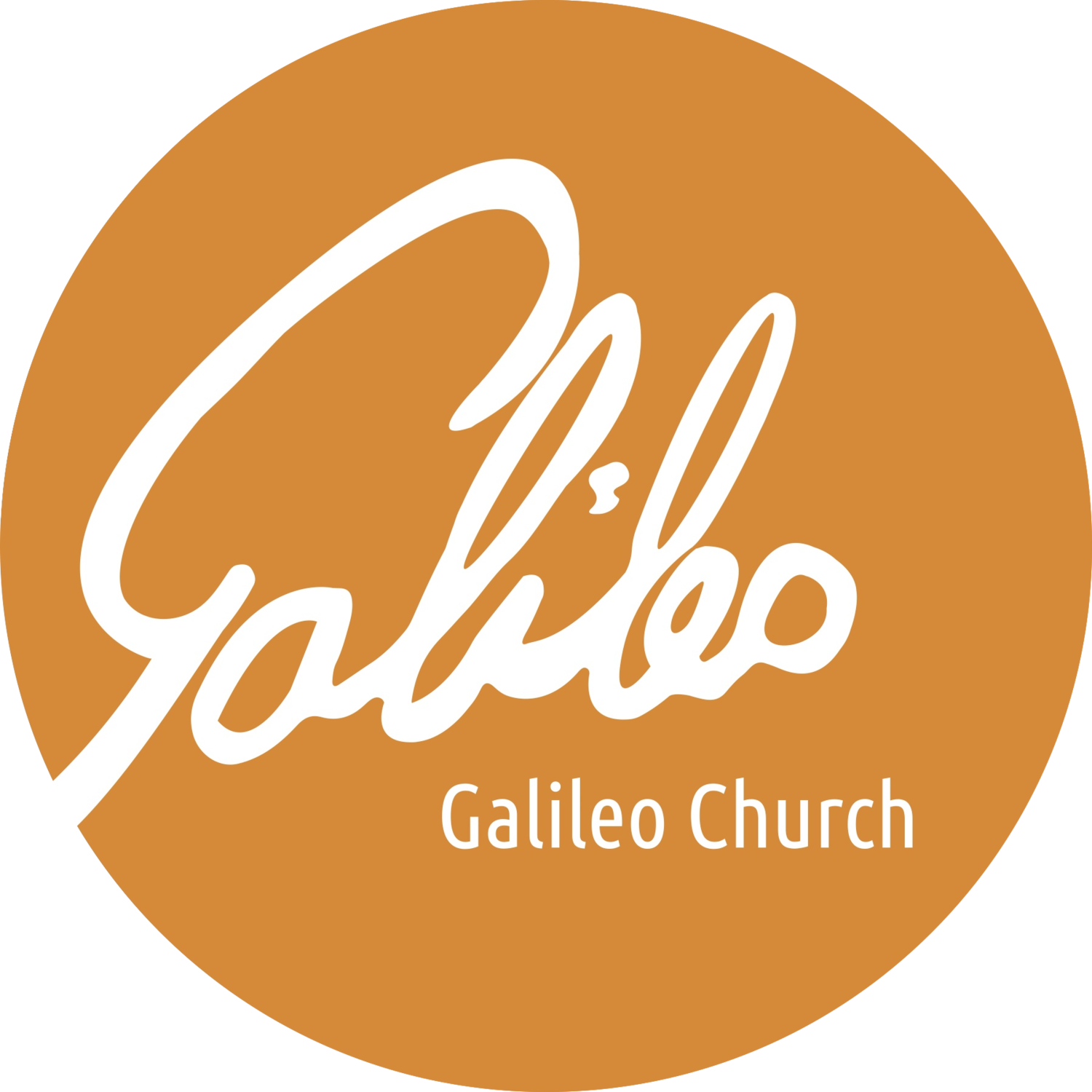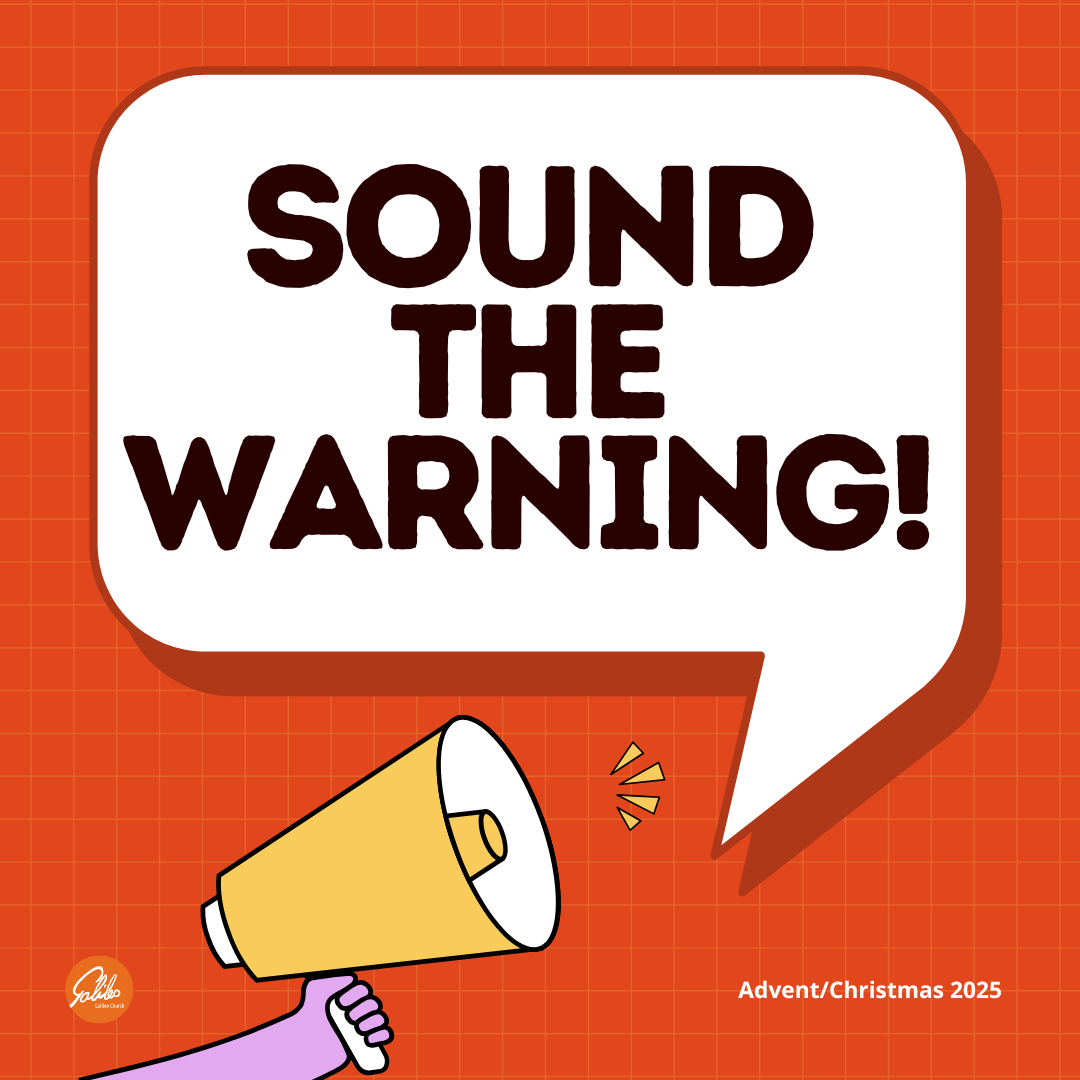Sound the Warning 2/6
Warning: Jesus changes literally everything. John the Baptist was suspicious of those who came for his baptism without any intention to let go old ways of being and take up a new life. All he could do was wash away the old, he said; but Jesus would burn it off. How does the bright-hot Light of the World laser away the accretions of life in this weird world?
To tell us your thoughts on this sermon, click through to the web posting and leave us a comment. Or, find us on social media: Facebook, Twitter, and Instagram. Or, email us the old-fashioned way: info@galileochurch.org. To contribute financially to the ongoing ministry of Galileo Church, find us on Venmo, Patreon, or Zelle (generosity@galileohurch.org), or just send a check to P.O. Box 668, Kennedale, TX 76060




